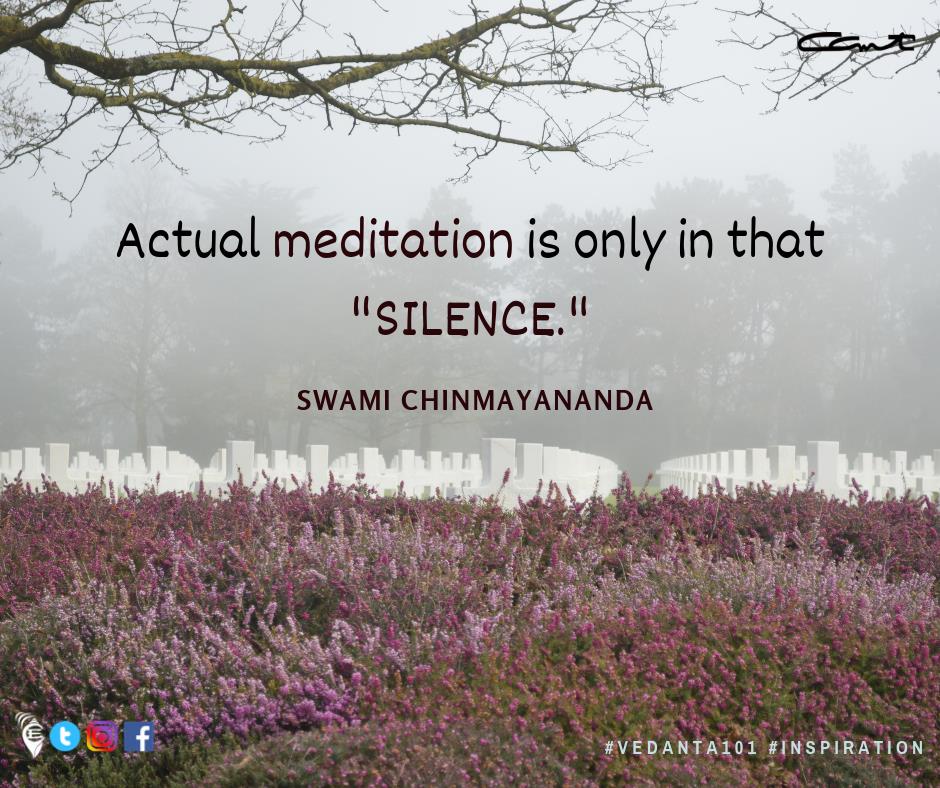The Gita’s Four Basic Conflicts of Life -1. Swami Krishnananda
29/04/2019
(Spoken to a French-speaking group on December 28th, 1972)
1.
The Bhagavadgita cannot be easily understood. We can understand the Vedas and the Upanishads properly, but not the Bhagavadgita. Even the Upanishads, the fundamental scriptures of India, have a single meaning on the surface so that there is no difficulty in understanding them. But the Bhagavadgita is highly symbolic and esoteric, and the surface meaning is not its real meaning. No other scripture in India has had so many commentaries. While the Upanishads speak of God or the Absolute directly, the Bhagavadgita tries to touch various stages of the evolution of man, and that is the difficulty in understanding it.
The Bhagavadgita is, in one sense, the most important scripture because it touches all sides of life from the lowest to the highest. It touches the inner as well as the outer. It touches the social, the individual and the spiritual aspects at one and the same time. It is the only scripture which can satisfy every doubt in the world. In that sense, the Bhagavadgita is not a Hindu scripture but a world scripture. It does not speak of Hinduism, but of yoga proper, and yoga is not a religion but a science of life. Though the Gita is written in Sanskrit and, therefore, it may be called an Indian scripture, it is really a universal scripture. The purpose of the gospel of the Bhagavadgita is to bring about a reconciliation between the visible and the invisible, man and God. Life is a conflict, and the purpose of the Gita is to solve this conflict. There are eighteen chapters of the Bhagavadgita, and each chapter is a resolution of a different type of conflict.
There are, really speaking, four types of conflict in the world. There is conflict between ourselves and another person, there is conflict within one’s own self, there is conflict between ourselves and the world of nature outside, and finally there is a conflict between ourselves and God Himself. While the conflict between ourselves and another person, and the conflict within one’s own self are visible and seen in our daily life, the other two conflicts are not so easily seen. We may call them social conflict, personal conflict, natural conflict and spiritual conflict. The social and the personal conflicts are really the effects of natural and spiritual conflicts. The conflicts follow one after another in a sequence of logical deduction.
To be continued ..





Comments
Post a Comment